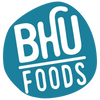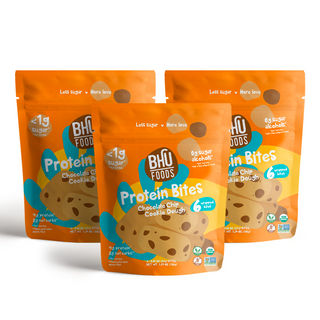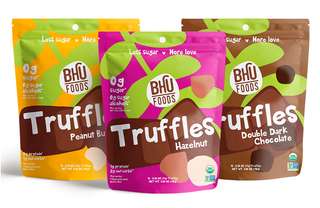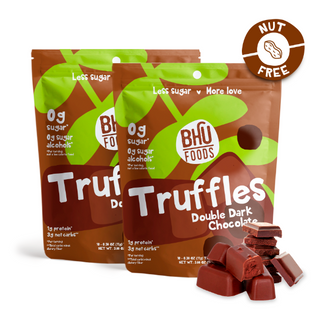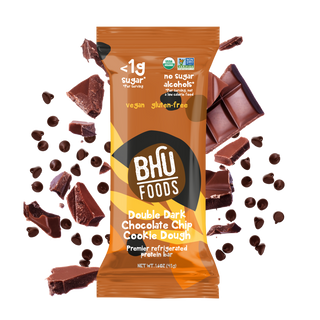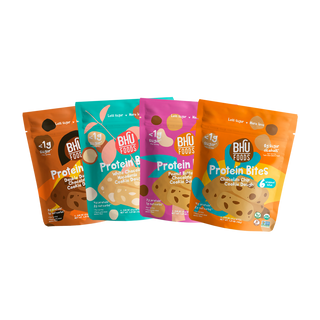
The Do’s and Don'ts for Snacking to Have More Energy All Day Long
You know when those midday hunger pangs hit—a growling belly, that “hangry” feeling and often a craving or two for something greasy and fried or sweet and high in carbs. (Or both!) And if you leave your belly empty and mood sour, you might start to experience more fatigue and irritability, which can make you less productive and unable to achieve your goals with the same amount of focus, energy and motivation, as usual.
That’s why snacking during the day, especially on workdays or on days you’re exercising, is incredibly important, since fueling well can help maximize productivity and performance, as well as cognitive thinking and focus. Healthy, light and well-balanced snacks prevent lethargy and potential GI pain—which can happen due to overeating, and if your snack’s calorie and nutrition counts resemble a meal, instead.
Keeping nutrition dense but within an appropriate calorie range and portion size will most effectively provide your body with macronutrients—fat, protein and fiber—and micronutrients, like vitamins and minerals, to promote steady energy levels, a happier mood and greater mental and physical stamina.
The type of snack and your eating habits matter though, so here are some tips for making the most of your snacks in the day, as well as what not to do in order to avoid getting burned out or having brain fog.
Do: Eat Something Small Every Few Hours
Replenishing nutrients and increasing the body’s fuel stores must be done regularly, where you’re not going too long without nibbling on something small to keep hunger at bay and to stabilize energy levels and maintain elevation in metabolism. You don’t want to go longer than three hours, so make sure to grab a snack between 2-3 hours after having a meal to tide you over until the next one.
Timed snacks, when spread out throughout the day, most efficiently feed and fuel your muscles and brain cells, and that revved up metabolism helps you burn more calories naturally—a nice perk for those looking to lose weight, in particular.
Plus, snacking also promotes an improvement in mood, as hunger often triggers feelings of anger and irritability, with very little tolerance and self-awareness of how your mannerisms might come across. Grab a bite, so you don’t take your frustrations out on someone else!
Do: Stick With One Serving Size
Resist the urge to overindulge with another protein cookie or keto fat bomb or truffle. While you might still feel hungry, or if that craving for something sweet is still lingering and tempting you to eat more, don’t give in and instead execute patience to allow your body to register its feelings of fullness and appetite suppression.
As a guide: if 20 minutes pass and you’re still hungry, reach for that second serving or even just halve it in size, as you likely won’t need another full serving. However, if after 20 minutes you’re no longer hungry—or better yet, you’re deep in the zone with work and that unsettled appetite has disappeared altogether—you’ll be glad you didn’t overdo it, just because that first serving was so incredibly good, and it tricked you into wanting more.
Don’t: Eat When in a Hurry
Don’t polish off your snack within seconds or eat on the go, unless you have to. (With an exception being when you’re headed out the door and to the gym or are trying to fit in your favorite studio workout class after work.) If you eat quickly, you won’t let your body take note of hunger cues and you run the risk of overeating because you didn’t let yourself wait to feel satiated first.
What’s more, you likely won’t enjoy your snack as much either, since you’re focused on other tasks at hand, which are distracting and can easily take you away from being present and fully enjoying all the senses that come with each bite. Instead, take a pause to sit down and eat or let yourself have a few minutes to savor it before getting back to what’s at hand.
If you snack mindlessly, you might end up eating past the point of fullness, where you don’t even realize your hands are still in that snack bag or jar. A useful tool might be to count how many times you chew before swallowing, or the number of times you might put down the fork in between bites. Or set a timer and train yourself to not finish until time’s up.
Don’t: Eat Sweets or Greasy, Fried Foods
With the exception of healthy sweet snacks—those that resemble desserts but are actually good for you, like high protein cookies and low sugar keto protein bites—most store-bought baked goods and sweets found at your local coffee shop won’t be healthy or a nutritious snack option, especially in the middle of the day since they’ll spike your blood sugar and lead to a crash shortly after.
If snacking on packaged goods, check labels and search for snacks that are high in nutrients and low in overall sugar, refined carbohydrates and saturated fat. And if you’re in need of a sweet fix, look for sweets containing healthy sugar substitutes, such as monk fruit, which won’t spike your blood sugar and can also decrease sugar. You should also avoid fast-food and fried, greasy snacks, such as potato chips, fries, mozzarella sticks and other junk foods.
